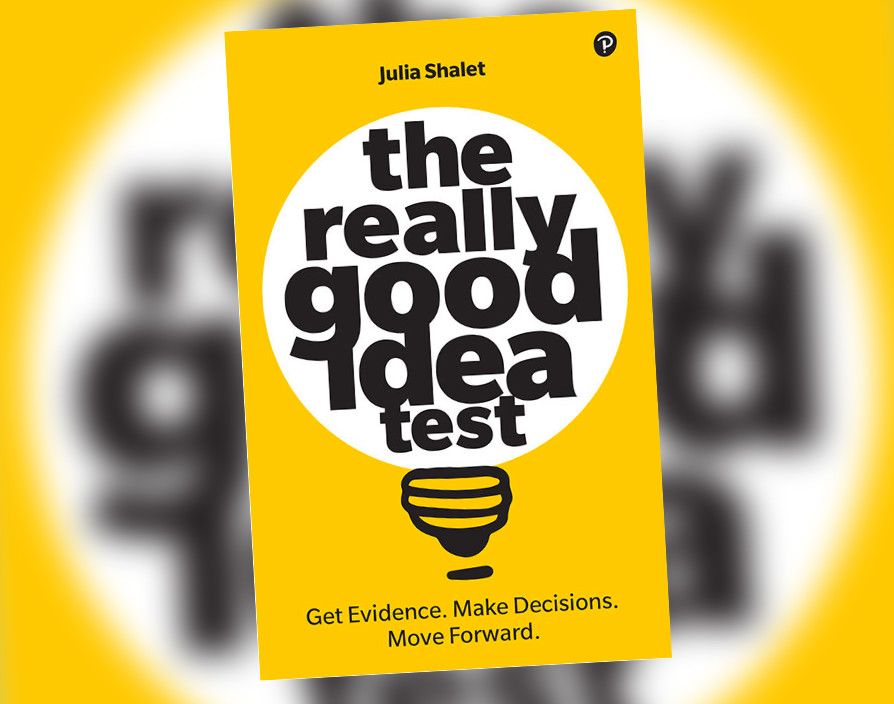Let me sock it to you right up front – the biggest mistake that new businesses make is that they start investing time and money progressing their idea without properly understanding what the customer really wants and needs. Swept away with the excitement of creating a new business, it’s easy to find yourself knee deep in setting up the company, creating a brand and working through the finer details of your idea whilst dangerous assumptions lurk in the shadows!
What are these dangerous assumptions? Well, these are all about how the customer feels, thinks and is going to behave, in other words, what the customer really wants and needs.
So how can you avoid making this common and potentially fateful mistake? First of all, there are some basic commitments that you need to make:
Be honest about where you are making assumptions
Many innovators have spotted a problem to solve in their own lives, but the fundamental question is whether enough other people have that problem and whether it is a big enough problem for them to be prepared to pay (or take whatever the necessary action is) to get a new solution.
As you are thinking of starting a new business, by your nature, you are likely to be positive, driven and aspirational – all marvellous qualities! However, the flipside of these are that you may be wearing rose tinted glasses – you are seeing the world as you want to. In the extreme, your optimism is hinged on blind faith, you believe that if you build it, they will come. Put another way, you do not have enough solid evidence yet to be powering forward and you could be wasting time and money.
So, let’s be really honest. What is that elephant in the room? What is that niggle keeping you awake at night? What is that piece of feedback you’ve heard from friends and family but you are choosing to repeatedly gloss over? You will know where your biggest risks are and these are your assumptions that need more evidence.
Go talk with your potential customers right away and get evidence
Armed with a well-crafted set of questions, you need to identify your target customer groups and go speak with them. Start with just five target customers and see how that goes. Once you have started to gather evidence from this first group, you will get a sense of whether your assumptions are correct, whether you are barking up the right tree, or whether you need a re-think. The important thing is that you start to speak to customers as soon as you can.
I say talk with your potential customers but what you really need to do is get them talking by asking focused questions that are neutral, non- leading and prompt them to talk. Imagine that you are having a conversation with a friend, put them at ease and you will encourage them to talk more. You need to be listening and they need to be talking!
It can be quite difficult for innovators to do their own research in this way. But with some careful changing in perspective you can do it if you put on your research face!. Naturally you are passionate about your business idea, but as chief cheerleader you could be biasing the results of your research. So, you need to neutralise when carrying out these customer conversations. You need your interviewee to know that you are not invested in them answering any particular way. One of my tips is to tell them upfront in your introduction that you are after total honesty, that you have plenty of work to do, so this will help you to prioritise what to work on.
Having these conversations face to face is super important – think about how much more you can gauge about how a person is feeling and thinking when you see their eyes and body language. We are so good at video now, so use it! Try to avoid the trappings of running an online survey, at this early stage you are assessing the depth of problems and desires, if you cannot see facial expressions, hear intonation and read body language then you are researching blind.
Make informed decisions to move you forward
Now that you have evidence to help you with those early risky assumptions, you can make a decision and move forward. Maybe you will continue as you are, perhaps you need to make changes or you may have found that your assumptions do not hold up and you need a broader re-think. The important point here is that you instill a decision point and you make the decision based on evidence. If you don’t, you may be wasting your time, effort and money.
The question that comes up most often here is what is enough evidence upon which to base a decision. It is impossible to eliminate risk all together and we don’t have all the time in the world, so you need to make decisions when you believe you have enough evidence. Over the years, I have found that people have pretty good judgement on making this call. So now I ask you to have faith in what your gut tells you. If you don’t take the leap now, you risk getting into analysis paralysis and you will never move forward.
Do continue with regular decision points as you move forward. Force yourself to look at the value you are intending to deliver to your customers and check that you have supporting evidence of how they think, feel and are going to behave. This is not just a one off activity for starting a new business, it is something that you continue to do forever. This will keep you on your toes, ensure that you are always moving in the right direction and not wasting your resources.
My big piece of advice is to test before you invest. Take a little time to engage with your target audience and check that the value you are offering resonates with what they want and need before you spend time, money and effort.
I have created a 7 step process called The Really Good Idea Test to help you turn your idea into a testable hypothesis, identify risks, write a research script, recruit people to interview, carry out the interview, analyse what they say and make decisions to move forward. The book is out now, published by Pearson.
“
Share via:








































